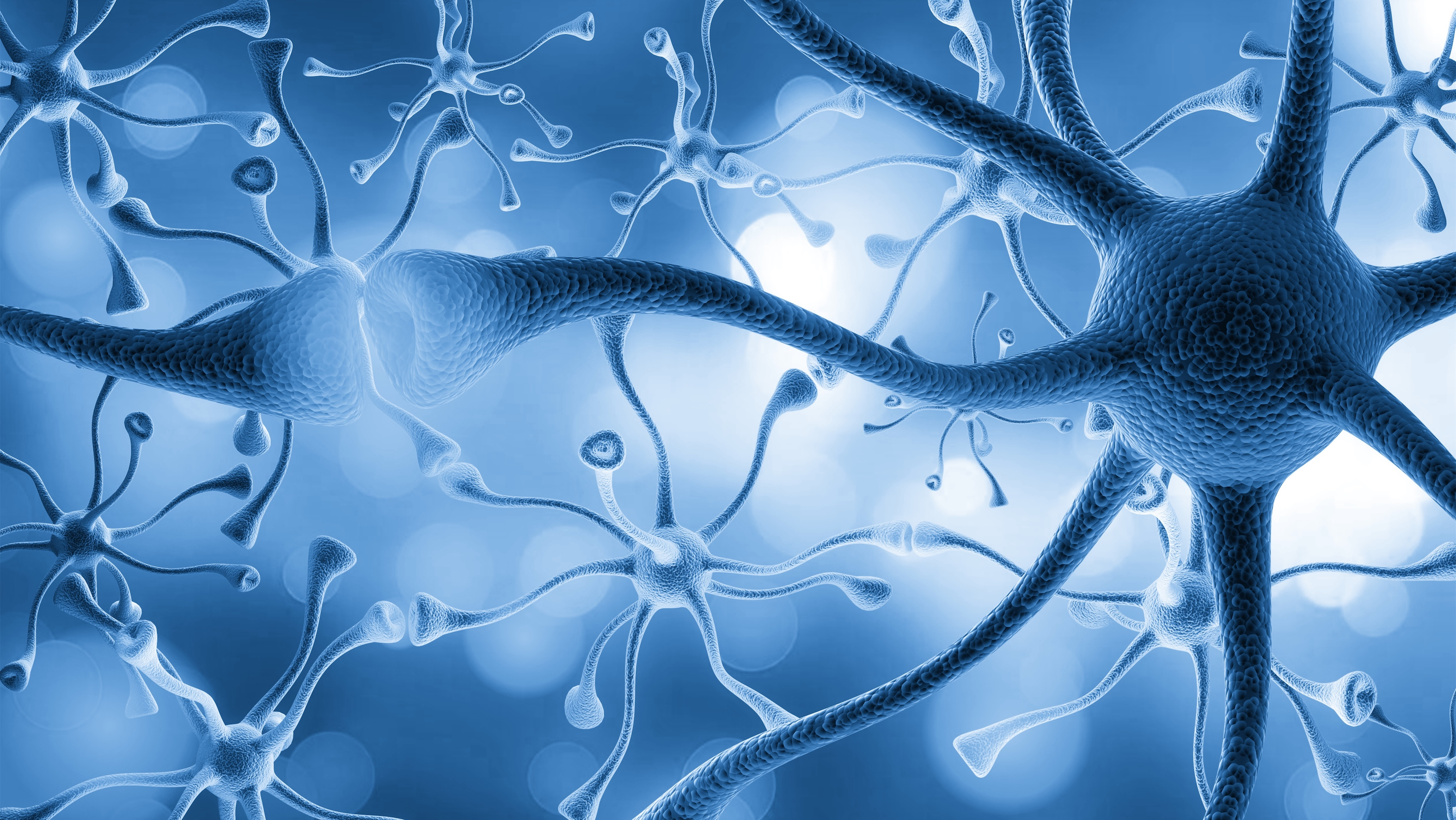My particular interest is in how the environment affects the brain and how it allows us to adapt to changes by sensing what is going on in the environment around us. What’s fascinating about the brain is that it anticipates what’s going on in the world, and it adapts to the idea of what it is expecting to happen in the future. That means that it is in the best position to function in its optimal state when a particular situation arises. One of the most obvious aspects of this is the fact that when you wake up in the morning, your brain is functioning well. If you are woken up at about two in the morning and somebody asks you a complicated mathematical question, it might take more effort to answer as your brain wouldn’t be working at maximum function. But the second you wake up, your brain is functioning quite well.
The question of why at that particular time it can function well is very interesting to me. Along with my colleagues, I have studied the way synapses work – the way nerve cells talk to each other in areas of the brain which are important for memory, such as the area called the hippocampus. As rats are nocturnal, these studies would be done in the late afternoon, when a rat is normally waking up. We found that the synaptic plasticity at that time of day is very different from the time of day when a rat would normally be asleep.


